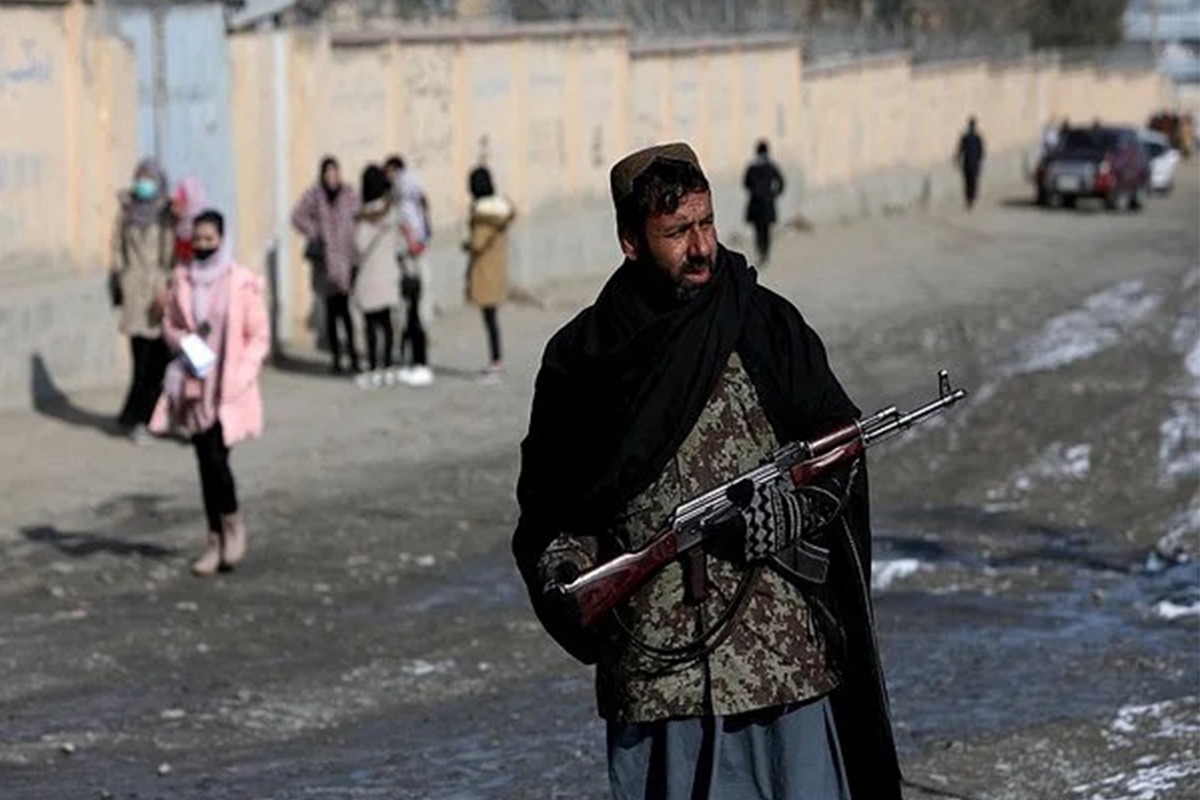


As the world waltzed through 20th century riding high on tech progress and application, there was a general concurrence among most of the political thinkers of those times that geopolitics would be redundant by the end of the century.
After all, flying bombers and missiles did make geography fairly passé in the different theatres of conflict, so what good was the prefix ‘geo’ in global politics? And yet, two decades and two years into the new millennium, many pockets remain standing, like testimonials to the inevitability of the same word that they were so eager to get rid of.
The world is not always at war. While geography-defying missile tips are perhaps an effective transporter of ideas at times of crisis, they do not find traction during the times afterwards. When it comes to day-to-day living, it is the common binders and differentiators as crystallized through tribes, ethnicities, culture and practices that dominate. And as their ancestor, geography remains the king.
Afghanistan is a good example of how geography can create and rule the destiny of a country. I have always preferred the phrase ‘backyard of empires’ to the more pop ‘graveyard of empires’ for Afghanistan for the same reason. Readers might also share my views if they see the logic in the next few paragraphs.
Why ‘backyard’? Because this is a territory no one was keen about. Czarist Russia, when they were enjoying a clear upper-hand (the phase that we now know as The Great Game), for some reasons, decided to draw their limits close to Panjdeh (present day Turkmen-Afghan border). If you are a Great Game buff, you would know that they were the superior force hands down under Skobelev and Komarov, and were within striking distance of Herat once they had captured the garrison town of Panjdeh. And Panjdeh-Herat-Kandahar-Quetta was pretty much the ‘Invade India’ highway during those days.
The Shah of Persia during that time was enmeshed in a complicated three-way relationship with England and Russia – he was not interested in fighting for bits and pieces around Herat (present day Iran-Afghan border) especially since two of the bigger powers, Russia and England were eyeballing each other over the region. Besides, the Persian empire was past its peak, and the Shah perhaps knew it. At the other end, British India was relieved to hold on to India as their prize in The Great Game as the Russian advancement ceased and dialogues were exchanged between London and Moscow. The result of that was a relegation of Afghanistan as the no-man’s wasteland – a buffer zone, in an extension of Akbar’s frontier policy (which later on also became Pakistan’s frontier policy). This idea of Afghanistan as an autonomous frontier took root more permanently because of the couple of disastrous British expeditions in the region (the Anglo-Afghan wars).
Afghanistan thus, was created in avoidance.
The reason behind this is geography. This is a landlocked piece of real estate with no access to the open sea. The inaccessibility has been multiplied by the reckless manner in which Hindukush has rammed into the region from its northeast, to diagonally trifurcate while cutting through the centre. In the case of India, the Himalaya unites; it creates a northern wall to stem outsiders. In the case of Afghanistan, the Hindukush divides – it dominates the centre to isolate the different regions and tribes, while rendering the country livable only along the outer edges.
Hindukush is a scraggy landowner. The result is rugged terrain and a bunch of rough tribes. Afghanistan remains not only one of the most mountainous terrains of the world (75% mountain – even its deserts are mountainous), but is also an extreme forest-poor patch. Compared to India which has about 26% forest cover, Afghanistan stands at 2%, with extreme temperature variations, and only about 5% irrigable land. The result is almost cinematically dystopian: a land that civilizations have historically avoided, a land that has remained predominantly pastoralist in nature, medieval in culture and religion, and nomadic/raider in its economy. It is a land that has remained home to at least 14 different ethno-linguistic groups that have traditionally fought among themselves through centuries and are distrustful of ‘outsiders’ of all forms and shapes.
In a nutshell, Afghanistan is a land where mountain passes are used as ambush points and not as transit zones – and that is perhaps the best picture to understand this prisoner of geography.
The Russians had built a giant outer ring road that connected Kabul, Kandahar, Herat and Mazhar-e-Sharif. Obviously, one could not negotiate with the Hindukush to get the roads to converge at the center. The Americans tried to patch the road up when they occupied, and the Taliban blew them up when they moved in. Today, there is no guessing about the condition of what was once known as the lifeline of Afghanistan.
The mountains are rich in minerals. But there are no deposit-rich pockets, no concentrated fields. These rare earth minerals and gemstones remain scattered between Kabul-Kandahar and Herat-Badakhshan belts, and fan inwards riding high on the Hindukush, running through hundreds of miles of mountainous terrain. Commercial mining remains a nightmare. The challenge to build multiple wagon tracks for transportation, find out sources of water for commercial washing of the minerals, or establish electric supply in a terrain that is as rugged and dry as that, with the tribals ready to ambush any outsider at the mountain passes is a risk that excites no one.
Ironically, considering that Hindukush means ‘killer of the Hindus’ but this range has single-handedly kept prisoners, an entire geography the size of France and all its natives since times immemorial.
And I think it is only natural for a ‘backyard’ like this to be exploited by different powers for their political agenda. Tossed around between the USSR, America, Pakistan or China, Afghanistan does not look to be a country that is designed to settle. On this day last year, the Taliban took over the reins of this country, and today, with pockets out of their control and into the hands of ISIS, a resurfacing American interest visible through drones flying unannounced in their territory, and with the Pakistan Army scheming to wrestle back the control they once had on the Taliban, Afghanistan will continue existing as a tragedy of epic proportion – a country created in avoidance; a country where geography is still the king.
(Arindam Mukherjee is a geopolitical enthusiast and the author of JourneyDog Tales, The Puppeteer, and A Matter of Greed)
(Disclaimer: Views expressed above are the author’s own)
